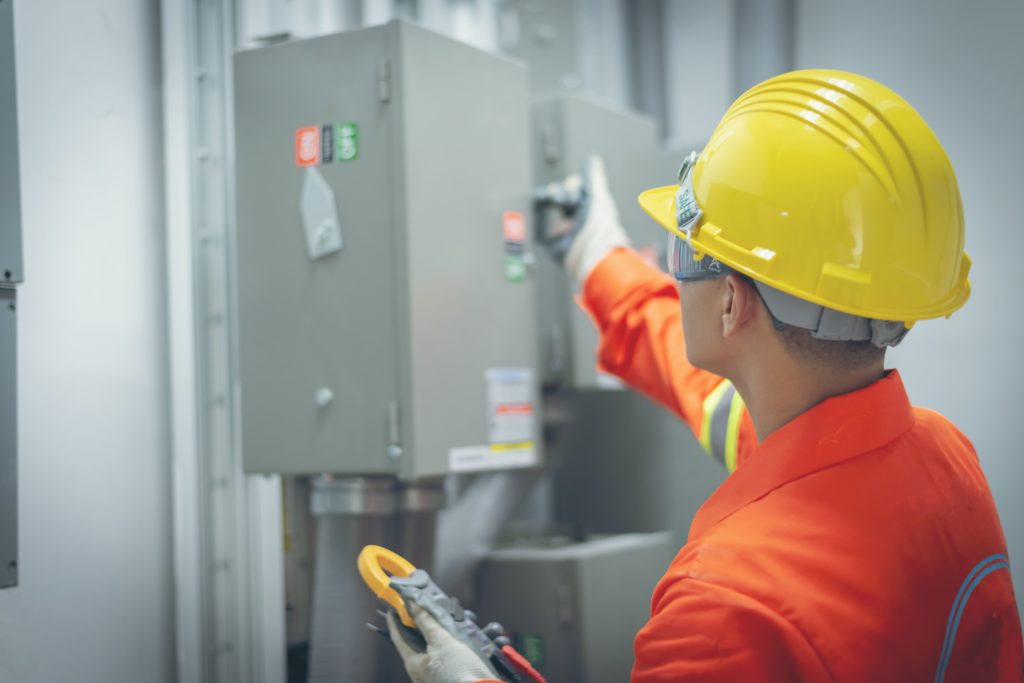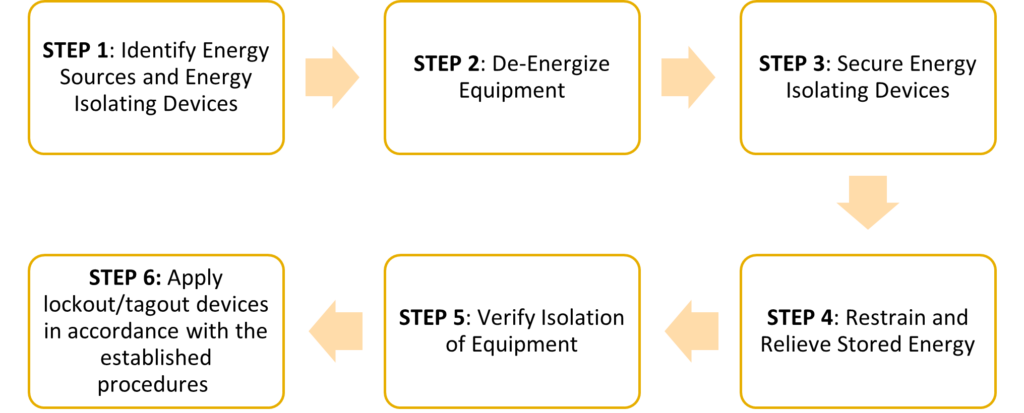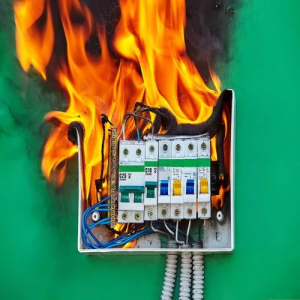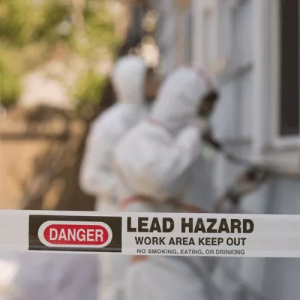The Role of Lockout Tagout in Electrical Safety

For construction workers, working with and around electrical equipment, electrical conductors or circuit parts, and power lines is a common occurrence. Therefore, safeguarding workers against electrical hazards is a critical element of workplace safety and health procedures. Recognizing this need, OSHA has put in place safety and health regulations 29 CFR 1910 Subpart S for the general industry and 29 CFR 1926 Subpart K construction industry related to electrical hazards to guide and support employers in implementing adequate safety measures in the workplace.
Moreover, employees who undertake maintenance, repair, and service work for electrical equipment and machinery are also exposed to electrical hazards. There is always the possibility of de-energized equipment becoming suddenly energized while employees are inspecting, servicing, or repairing electrical equipment, circuits, and conductors. Therefore, not only must employees fully understand the hazards associated with electrical work (for example shocks, burns, fires, explosions, and arc flash) but must be conversant with the lockout tagout procedures to operate within electrically safe work conditions.
De-energized means “Free from any electrical connection to a source of potential difference and electrical charge; not having a potential different from that of the earth.”
What is Lockout Tagout?
OSHA’s standard for the Control of Hazardous Energy (Lockout/Tagout), Title 29 Code of Federal Regulations (CFR) Part 1910.147, sets forth the work practices and controls employers must implement to prevent accidents associated with hazardous energy. This standard is not only for construction industry workers but workers across industries such as craft workers, machine operators, electricians, laborers, etc., using electrical or other equipment that can generate energy even when it is shut off.
The lockout tagout (LOTO) is a process whereby a lock and tag are added to any type of industrial equipment or machinery when it is shut down for repair, servicing, or maintenance as part of OSHA-recommended best practices. OSHA defines LOTO as “specific practices and procedures to safeguard all workers from the unexpected startup of machinery and equipment or the release of hazardous energy during service or maintenance”.
Importance of Lockout Tagout
Lockout Tagout supports the controlling of electrical hazards and facilitates an electrically safe work condition.
According to Article 100 of the NFPA 70E, an “electrically safe work condition” is a state wherein all energized electrical conductors or circuit parts that could potentially expose employees to electrical hazards are maintained in a de-energized state.
This means putting electrical equipment, conductors, or circuits in an ‘electrically safe work condition’, can temporarily eliminate electrical hazards for the duration of work activity on or near energized electrical components. The process involves disconnecting from energized parts, locking and tagging, testing to verify the absence of voltage, and when required, temporarily grounding for worker protection.
The Lockout Tagout Procedure
The lockout tagout procedure can be broken into six steps. When employees begin repairing or doing maintenance work on electrical equipment, they must ensure to follow these steps to ensure their safety and the safety of other employees working in proximity to them.

Watch this animated video to get a better idea about the lockout and tagout procedures.
However, for comprehensive training in compliance with the OSHA standard for the Control of Hazardous Energy, enroll in our OSHA Lockout Tagout (LOTO) Training. If employers and employees require in-depth details on electrical safety, enroll in our Electrical Safety Training course which is in accordance with Federal OSHA Regulations 29 CFR 1910 Subpart S and 29 CFR 1926 Subpart K as well as the National Fire Protection Association (NFPA) 70E standard.
Bonus: General Safety Tips!
Below are some general safety tips when working with electrical equipment, conductors, and circuits.
- Wear all required personal protective equipment (PPE) when undertaking any electrical work.
- Ensure all electrical equipment is properly installed and used.
- Use proper insulation, guarding, and overcurrent protection devices.
- Grounding is an important aspect of reducing electrical hazards.
- Install Ground Fault Circuit Interrupters (GFCIs) to disrupt the current flow to the electrical circuit and act as a circuit breaker.
- Use the correct size fuse to reduce the possibility of excessive currents in the wiring that can cause fires.
- Do not touch electrical outlets with wet hands.
- Wet and damp areas should be dried out before doing any electrical work, as water is a conductor of electricity.
- Always check and know where circuit breakers, electrical panels, and fuse boxes are located to switch-off power in emergencies.
- In case a co-worker is experiencing electrical shock, do not touch him with your bare hands, use a non-conductive material like a plastic stick or wood to separate the worker from the electrical equipment, wire, etc., that is causing the shock. If possible, shut off the power first!



































































































